A partner you can trust
Understanding the Importance of Cooker Cable in Modern Kitchen Appliances
In today’s rapidly evolving culinary landscape, the significance of the cooker cable in modern kitchen appliances cannot be overstated. With the global kitchen appliance market projected to reach $151.5 billion by 2024 (according to a report by Grand View Research), the demand for efficient and safe cooking solutions continues to rise. The cooker cable, a crucial component that links your appliance to the power supply, plays a vital role in ensuring both functionality and safety. A well-designed cooker cable can handle the necessary voltage and current while minimizing risks of overheating and electrical faults. Furthermore, as energy efficiency becomes a focal point in appliance design, the quality of cooker cables directly impacts the performance and sustainability of cooking appliances. Investors and manufacturers are increasingly recognizing that the integration of high-quality cooker cables is essential for compliance with safety standards and the overall reliability of modern kitchens. This awareness highlights the necessity for both consumers and professionals in the culinary industry to prioritize the selection of the right cooker cable for their needs.
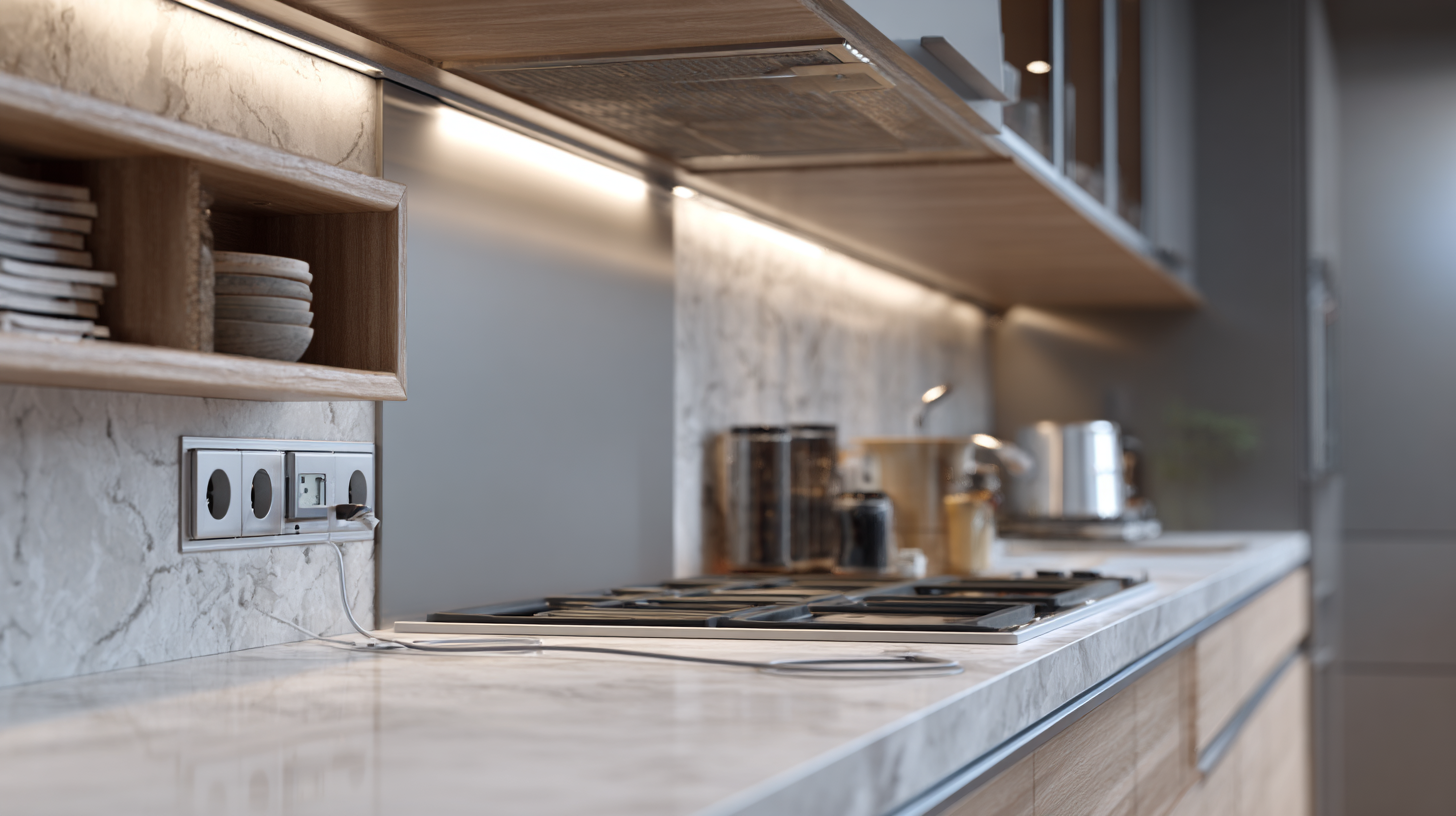
The Essential Role of Cooker Cables in Ensuring Appliance Efficiency
Cooker cables play a crucial role in ensuring the efficiency and reliability of modern kitchen appliances. According to a report by the International Electrotechnical Commission (IEC), improper use of cables can lead to energy losses of up to 12% in electrical appliances. This highlights the importance of selecting high-quality cooker cables, which are designed to safely handle the required current load while minimizing energy wastage. The right cooker cable not only enhances the performance of appliances but also prolongs their lifespan, thereby maximizing return on investment for consumers.
Moreover, with the rise in smart kitchen technologies, the demand for robust and efficient cooker cables has surged. A study by the Electric Power Research Institute (EPRI) found that modern appliances often require cables that can support higher voltages and longer operating hours without overheating. Failure to use adequate cooker cables can result in appliance malfunctions, potentially leading to costly repairs. As homeowners embrace advanced cooking technologies, understanding the essential role of cooker cables becomes vital for maintaining appliance efficiency and ensuring safety in the kitchen environment.
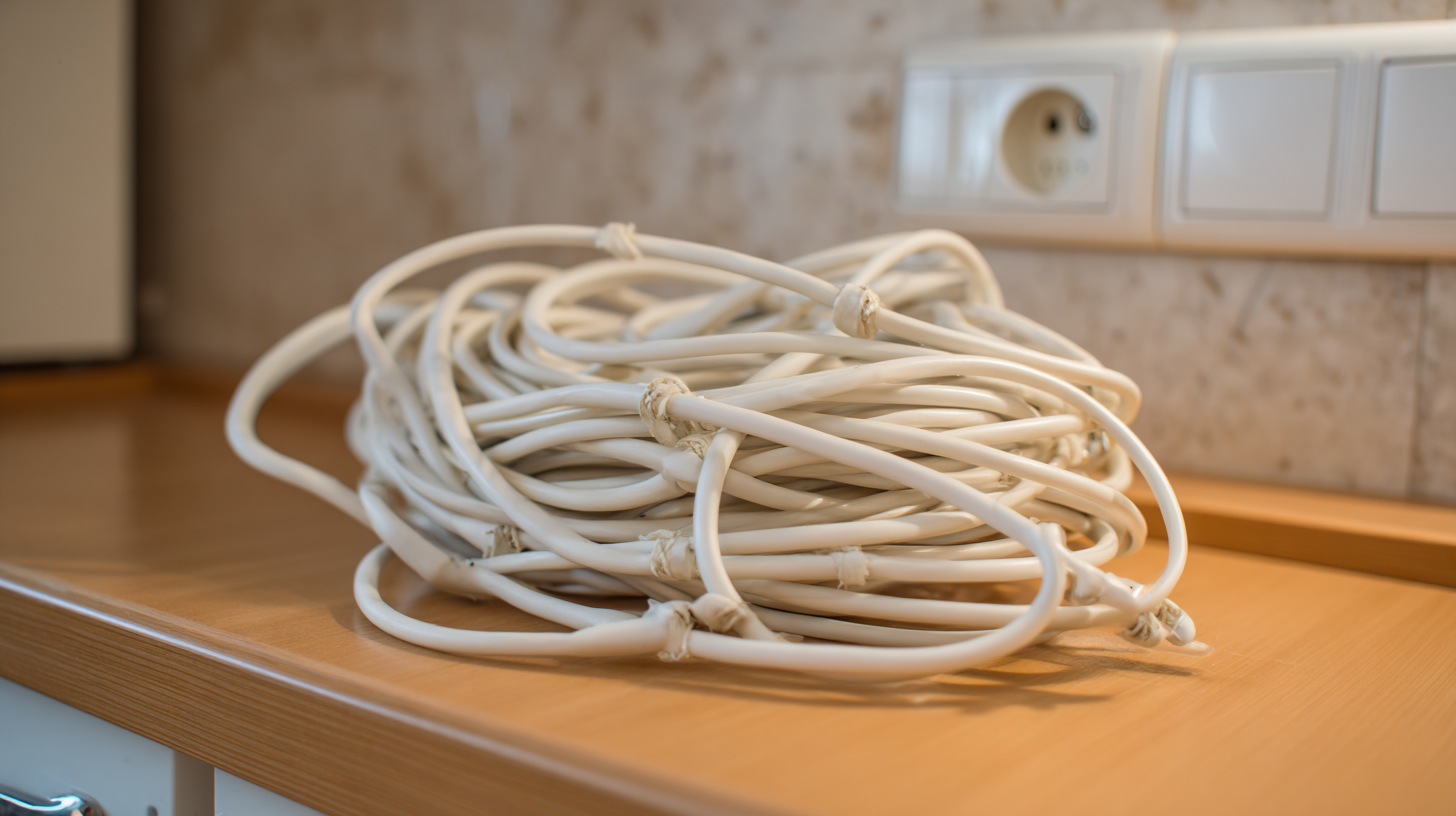
Key Electrical Standards and Ratings for Safe Cooker Cable Selection
When selecting cooker cables for modern kitchen appliances, understanding key electrical standards and ratings is essential for ensuring safety and efficiency. Cooker cables are subject to strict regulations that dictate their construction, materials, and insulation to withstand high temperatures and electrical loads. Standards such as the British Standard (BS) 7671, which encompasses wiring regulations, specify the requirements for fixed wiring installations and highlight the importance of using cables that can handle the specific current ratings required by different appliances.
Choosing the correct cable also involves understanding the ampacity, or current carrying capacity, which varies based on the cable's size, insulation type, and installation conditions. Common cable types, such as H05VV-F and H07RN-F, have different ratings and are tailored for various applications. Additionally, factors such as cable length and environmental conditions must be taken into account during selection to prevent overheating and potential hazards. Adhering to these electrical standards not only ensures compliance with safety regulations but also promotes the longevity and reliability of kitchen appliances.
Understanding the Importance of Cooker Cable in Modern Kitchen Appliances - Key Electrical Standards and Ratings for Safe Cooker Cable Selection
| Dimension | Description | Standard Rating | Application |
|---|---|---|---|
| Current Rating | Maximum current the cable can carry | 32A, 40A, 45A | Electric Cookers, Ovens |
| Voltage Rating | Nominal voltage for safe operation | 230V, 400V | Industrial & Domestic Use |
| Cable Type | Type of materials used in construction | H05VV-F, H07RN-F | General Appliances, Heavy Duty |
| Insulation Rating | Resistance to heat and flame | Class A, Class B | Kitchen Appliances, Heating Equipment |
| Sheath Material | Outer protection against mechanical stress | PVC, Rubber | Domestic, Commercial Installations |
Impact of Cable Quality on Cooking Time and Energy Consumption
The quality of cooker cables plays a critical role in the efficiency of modern kitchen appliances. High-quality cables are designed to handle higher currents without overheating, which directly influences cooking time. When a cooker cable can effectively manage the electrical load, it ensures a consistent supply of energy to the appliance, allowing for quicker heating and cooking of food. This not only enhances user experience but also results in more efficient meal preparation, reducing the time spent in the kitchen.
Moreover, the impact of cable quality extends to energy consumption as well. Poor quality cables can lead to energy losses through resistance, causing the appliance to use more power than necessary. This inefficiency not only affects the electricity bill but also increases the carbon footprint associated with cooking. By investing in high-quality cooker cables, consumers can enjoy quicker cooking times and lower energy costs, making it a crucial consideration for anyone looking to optimize their kitchen's performance.
Impact of Cooker Cable Quality on Cooking Time and Energy Consumption
Innovative Technologies in Cooker Cable Design for Modern Kitchens
In modern kitchens, the importance of cooker cable cannot be overstated. With the rise of smart appliances and innovative cooking technologies, the design of cooker cables has evolved to meet the demands of contemporary culinary experiences. These cables are now designed not only for functionality and safety but also to accommodate high-capacity appliances that integrate seamlessly into smart home networks.
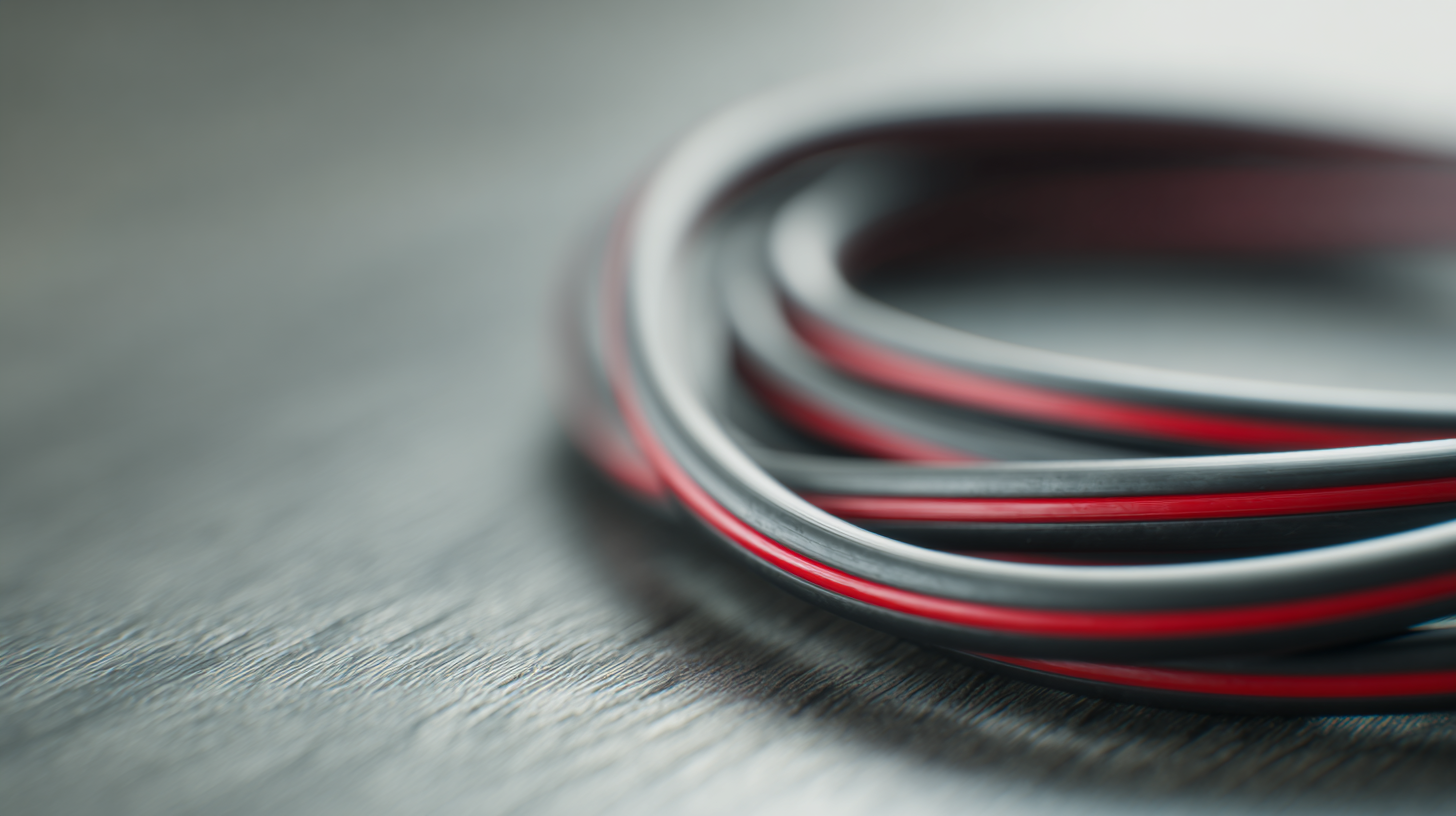
Innovative technologies in cooker cable design focus on improving energy efficiency and performance. For instance, advancements in materials and insulation techniques allow cables to handle higher electrical loads while reducing heat loss. This is particularly crucial as more households invest in smart ovens and multifunctional cooking devices that require consistent power supply to operate effectively. Furthermore, the incorporation of built-in safety features helps prevent electrical mishaps, ensuring a safer cooking environment.
Tips for Choosing Cooker Cables:
- Check Compatibility: Always ensure your cooker cable matches the specifications of your kitchen appliances to maintain optimal performance.
- Prioritize Quality: Invest in high-quality cables that comply with safety standards, as they are designed to withstand the demands of modern cooking technologies.
- Consider Length: Choose a cable length that offers flexibility for placement without compromising on safety, keeping in mind the clearance requirements around your cooker.
Maintenance Tips for Extending the Lifespan of Cooker Cables in Home Use
In modern kitchens, cooker cables play a crucial role in connecting appliances to the power supply. However, their importance often goes unnoticed until issues arise. Maintaining these cables is essential for safety and efficiency, ensuring a seamless cooking experience.
To extend the lifespan of your cooker cables, regular inspection is key. Look for any signs of wear and tear, such as fraying or exposed wires. If you notice any damage, it’s vital to replace the cable immediately to prevent electrical hazards. Additionally, avoid overloading the circuit by using multiple high-powered appliances simultaneously, as this can cause overheating and damage to the cables.
Another tip is to keep cables away from heat sources and sharp edges. Store them properly when not in use, and avoid tugging or pulling on the cables while disconnecting them. By following these simple maintenance practices, you can ensure that your cooker cables remain in good condition, allowing your kitchen appliances to operate safely and efficiently for years to come.
Related Posts
-

Exploring Cooker Cable Innovations at the 2025 China Import and Export Fair
-

The Ultimate Guide to Sourcing the Best Wire and Cable Products for Your Business
-

Essential Guide to Choosing the Right Cable Conduit for Your Electrical Projects
-

Ultimate Guide to Choosing the Right Shore Power Cable for Your Business Needs
-

Understanding the Impact of Electric Cable Quality on Energy Efficiency and Safety in Modern Infrastructure
-

Innovative Uses of Electric Cable Wire in Modern Technology
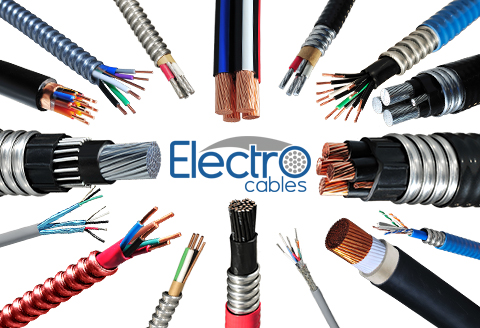
Products
Products
LEARN MORE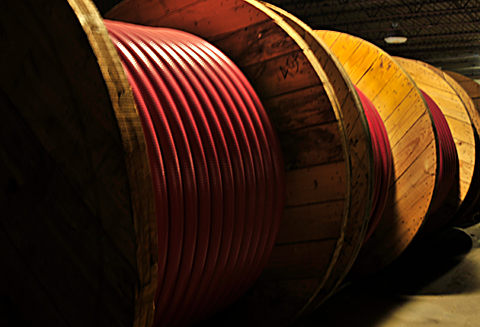
Current Inventory
Current Inventory
LEARN MORE
Custom Solutions
Custom Solutions
WE CAN HELPLighting Power & Control-Signal Cable
This content is restricted to site members. If you are an existing user, please log in. New users may register … LEARN MORE “Lighting Power & Control-Signal Cable”
LOOKING
FOR HELP?
We are here to help. You can contact us or create an account online to have access to special products, technical specifications and our new online quote tool.
ELECTRO CABLES
9 Riverside Drive
P.O. Box 276
Trenton, Ontario
CANADA K8V 5R5
N.A. Toll Free: 888-ELECTRO
(1-888-353-2876)
World: 613-394-4896
Fax: 613-394-4101
Email: sale@machinecables.com
We manufacture cables that are certified by the Canadian Standards Association (CSA), listed by Underwriters Laboratories and/or listed by Intertek (ETL).
Our quality management system is registered to ISO 9001: 2015. Our team is dedicated to consistently providing quality service and products to our customers.
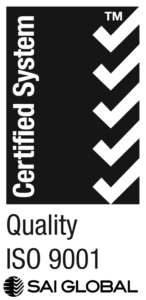
© 2025 ELECTRO CABLES • SITE BY SNAP 360•
